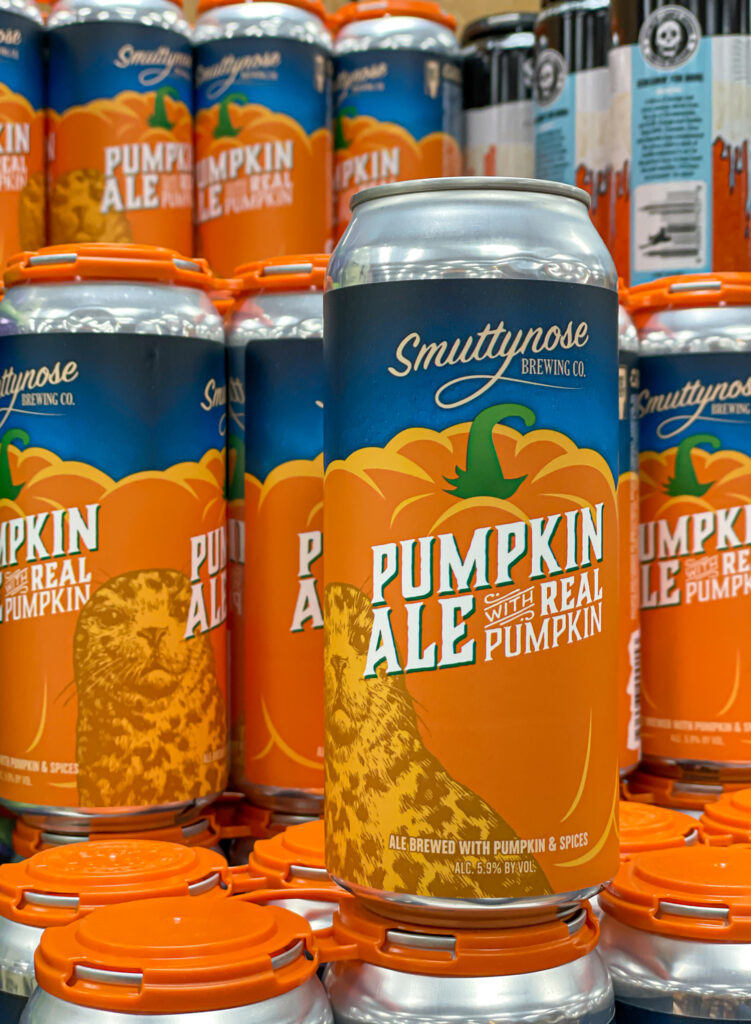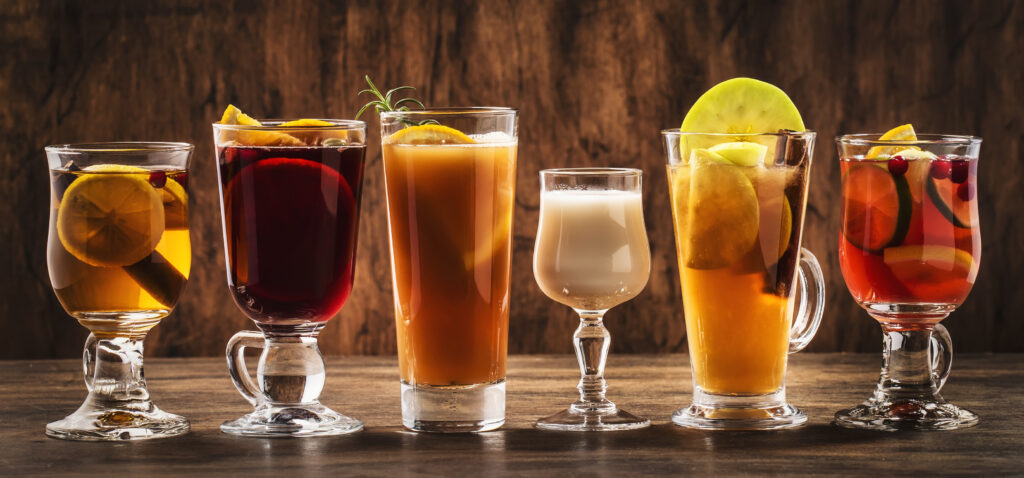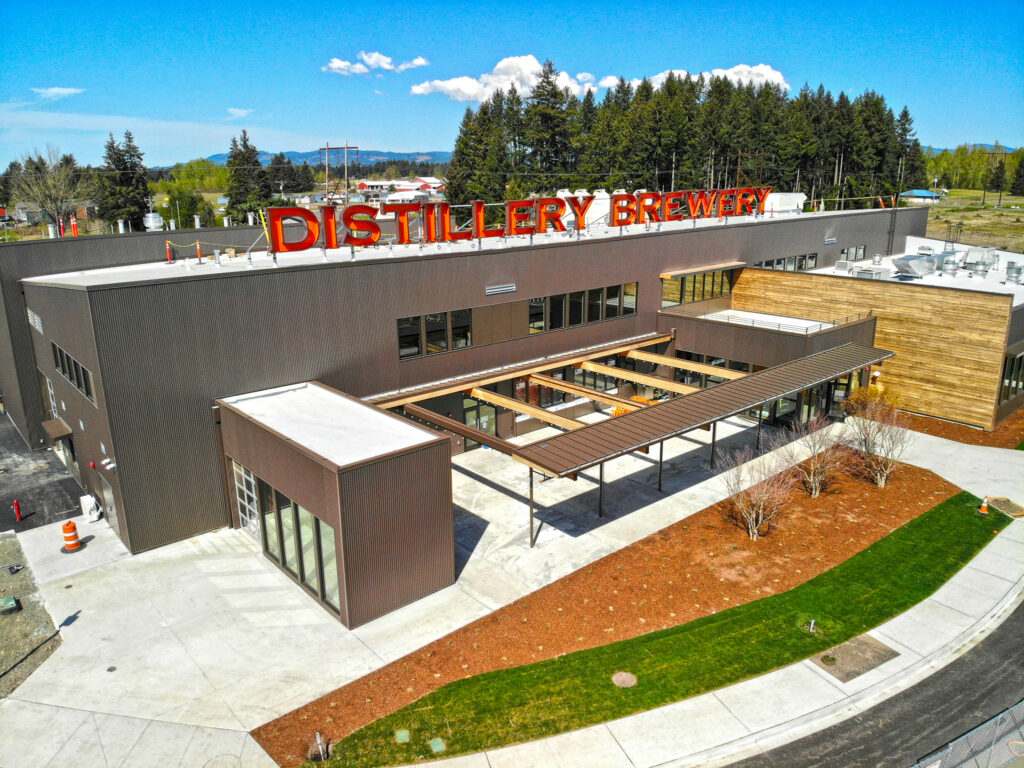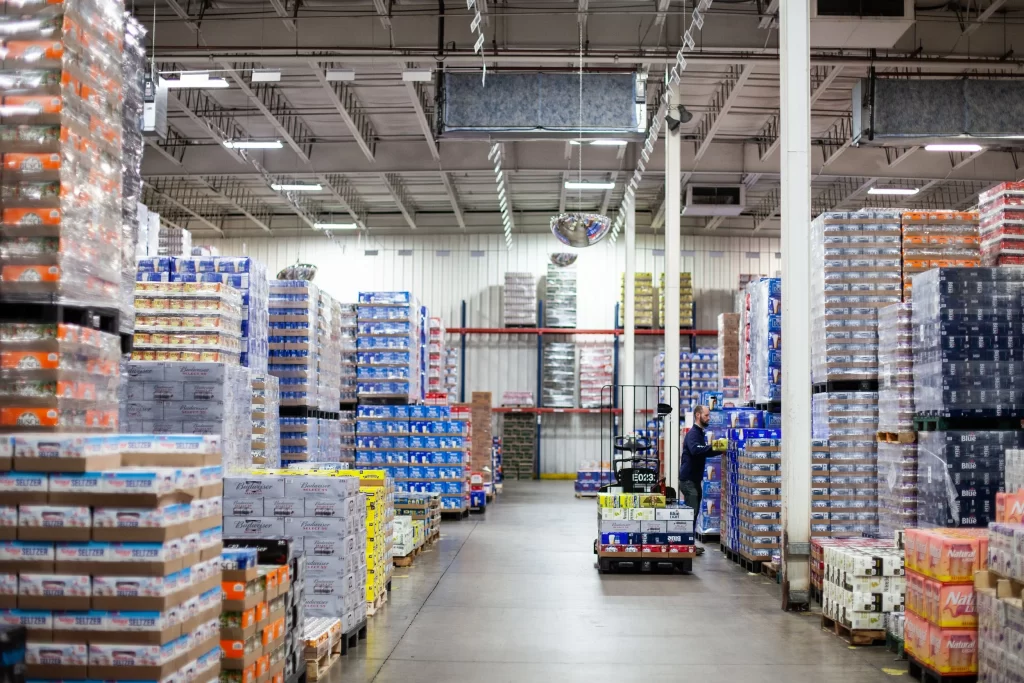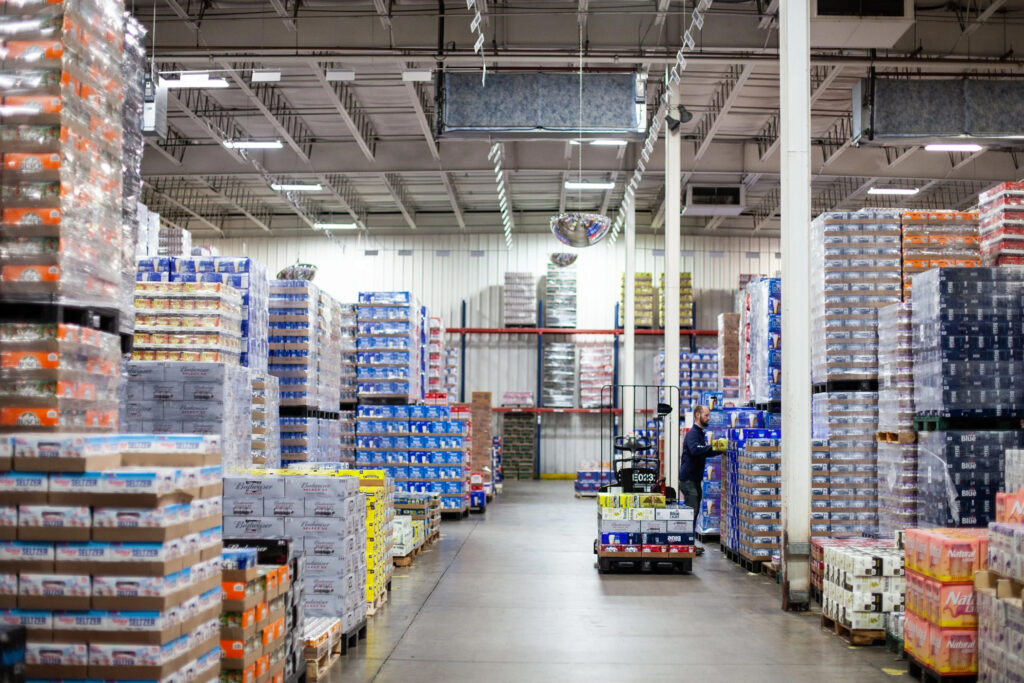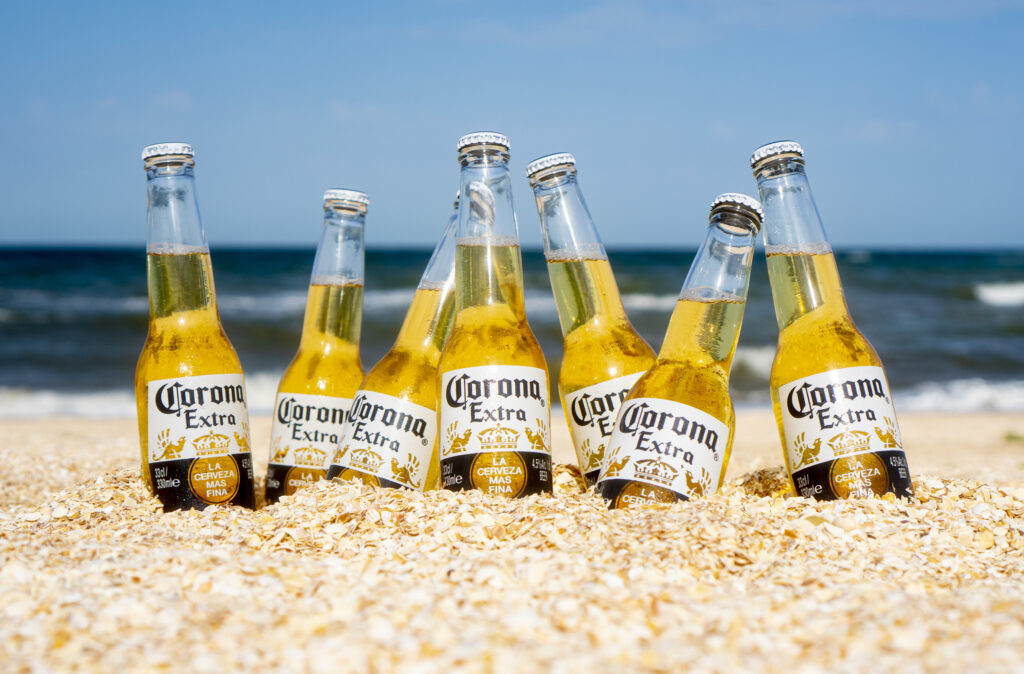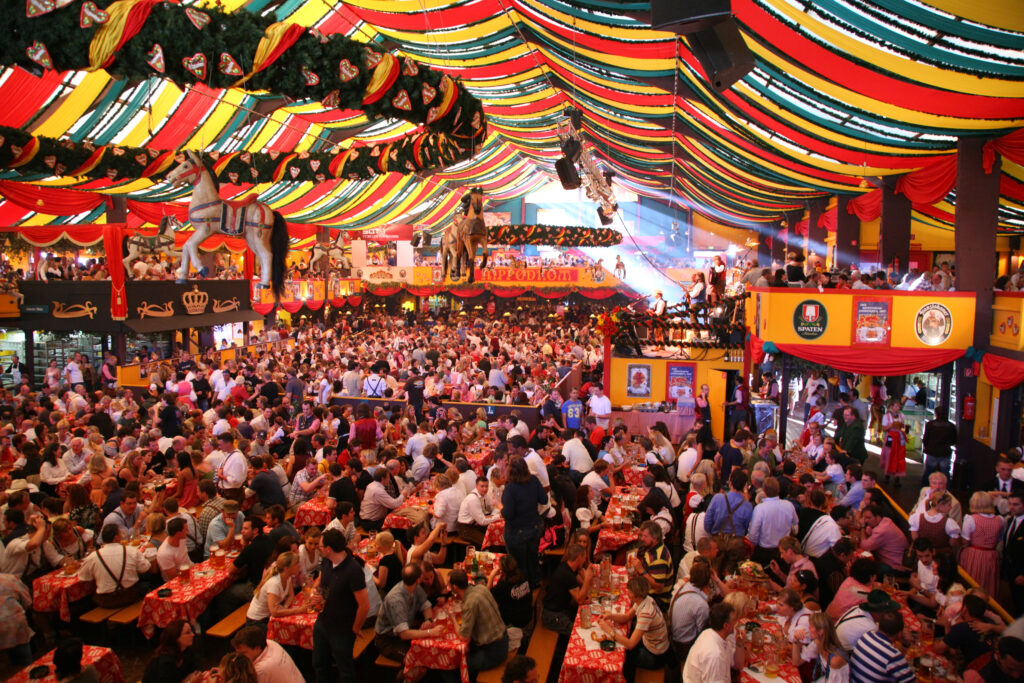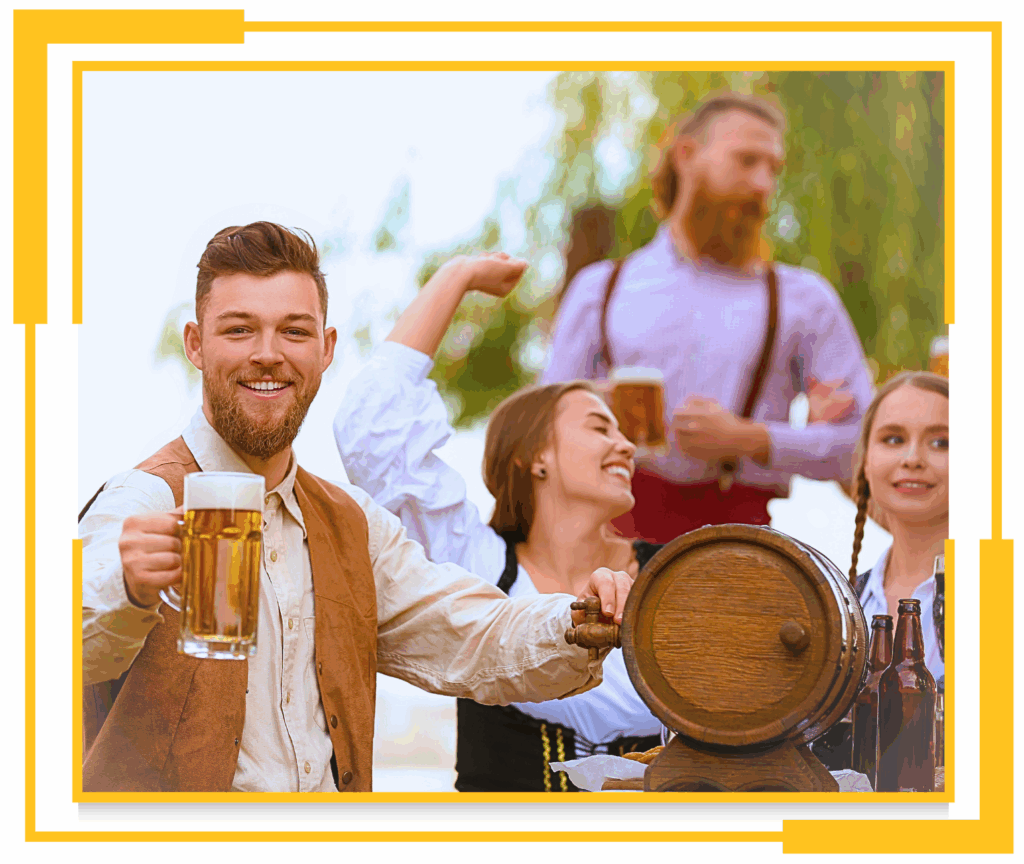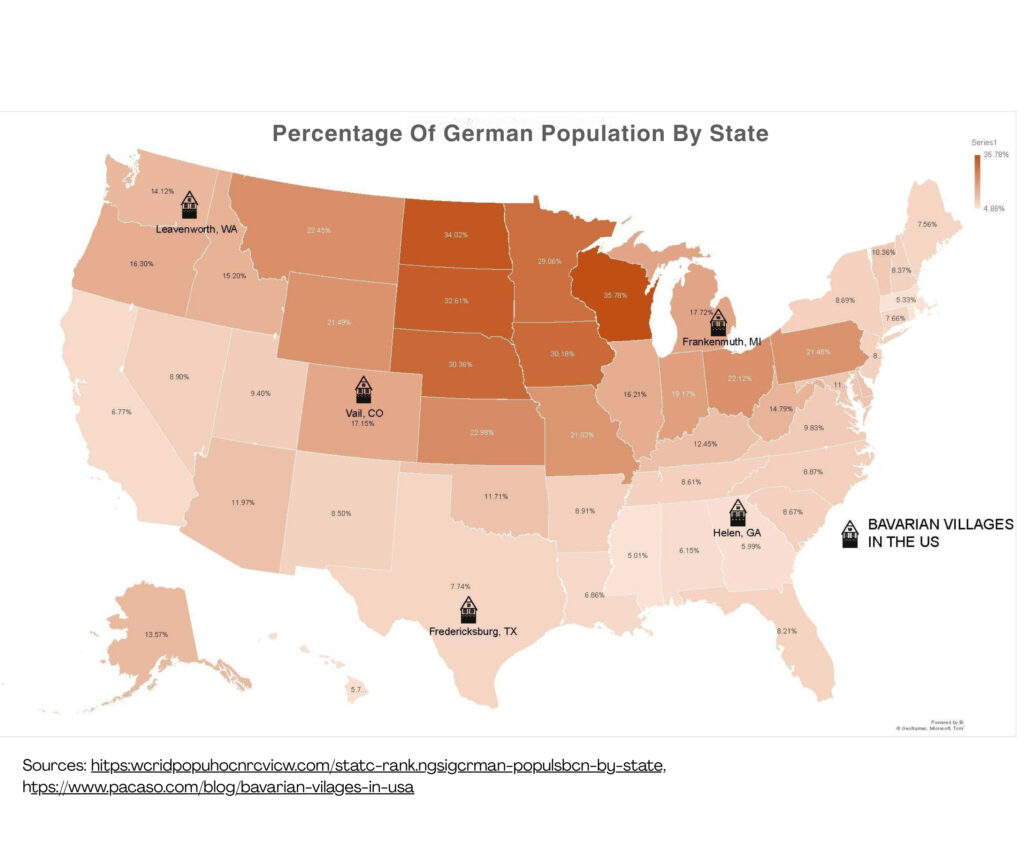Why Is the Craft Beverage Industry Competitively Restrained?
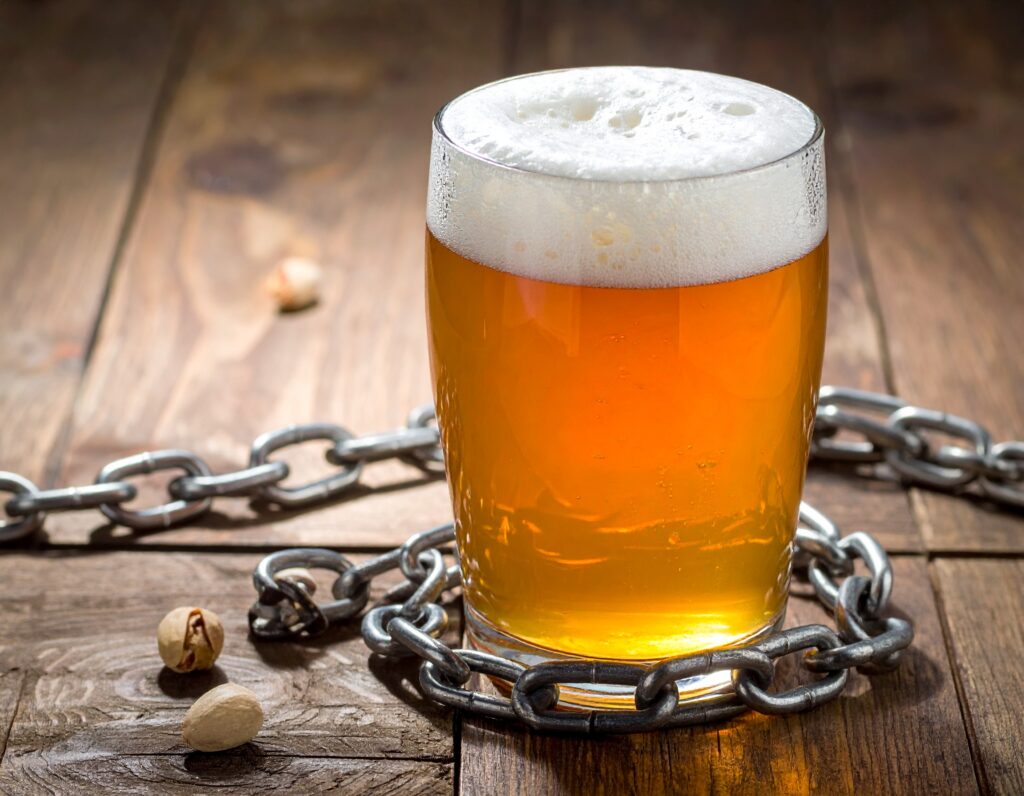
By Ethan E. Litwin
Since the 1980s, the U.S. craft beverage industry has expanded dramatically. Breweries grew from fewer than 100 in the early 1980s to nearly 10,000 today. The U.S. spirits industry shows a similar trajectory, rising from under 100 licensed distilleries in the 1980s to over 3,000 today. The U.S. wine industry experienced earlier momentum after the 1976 “Judgment of Paris,” yet still only had about 2,500 vineyards by the early 1980s. That number has since grown to nearly 12,000.
Despite this remarkable expansion, most craft producers remain small. Craft brewers typically produce under 7,500 barrels annually, while craft distilleries typically produce fewer than 250,000 proof gallons per year. These small producers face competition from dominant incumbents: two brewers control about 65% of the market, with output exceeding 6 million barrels each, while large distilleries produce more than 8 million proof gallons annually. U.S. vintners also generally remain small, producing fewer than 60,000 wine gallons annually, while their largest competitors produce more than 15 million wine gallons.
One of the most consistent challenges for small-scale producers has been distribution and market access. Simply put, making a high-quality beer, wine, or spirit is only half the battle—getting it into the hands of consumers via restaurants, bars, or retail shelves is often far more difficult. This article outlines some of the major challenges faced by small producers and suggests some avenues on how the system may be changed, or challenged.
Regulatory Barriers to Competition
The Legacy of Prohibition: The largest obstacle for small producers is the U.S. alcohol distribution system itself. After Prohibition ended in 1933, most states adopted a “three-tier system,” which separates producers (tier one), distributors/wholesalers (tier two), and retailers (tier three). Under this structure, producers are generally prohibited from selling directly to retailers or consumers, except under limited circumstances such as on-site taprooms, tasting rooms, or, more recently, direct-to-consumer shipments in some states.
The three-tier system artificially enhances distributors’ importance—distributors often control key customer relationships, point-of-sale marketing, and product placement decisions. The architects of the three-tier system envisioned a competitive marketplace where distributors would compete for producers’ business on the price, scope and quality of their services. State franchise laws, however, significantly restrain that competition by restricting the ability of producers (generally brewers, but often in other sectors as well) to switch distributors without proving “good cause,” a dauntingly expensive and time-consuming endeavor. These laws inevitably created a misalignment of incentives, reducing distributors’ investment in marketing new or smaller brands—the very craft producers who generally lack the ability to terminate their distributors for cause.
Most states also impose price controls on distributors in the form of “post-and-hold” rules, which require distributors to “post” their prices with state authorities and then “hold” those prices constant for a period of time. During the hold period (typically 30-60 days), producers are prohibited from engaging in any form of price competition. Some states all for limited “meet-but-not-beat” competition, which allows for price-matching, but continues to prohibit distributors from undercutting rivals’ prices. Although most states do not directly control prices set by distributors, some states have adopted uniform pricing rules, prohibiting distributors engaging in price discrimination downstream by charging different prices for the same product to different retail outlets.
While these rules are clearly anti-consumer in effect and in intent. Prohibition may have ended in 1933, but concerns about alcohol remained and states actively sought to manipulate market prices to discourage the consumption of alcohol. It is hard to think of another American industry where regulations are specifically designed to restrain price competition and increase consumer costs.
Antitrust Enforcement Failures
The Problems Caused By Distributor Consolidation:
Ironically, the three-tier system was intended to prevent market foreclosure by a dominant, vertically integrated producer, while state franchise laws were intended to protect distributors from the whims of powerful producers. But as the distribution sector has consolidated, the few remaining distributors have tended to prioritize brands with high volume, national recognition, and strong marketing budgets. A small craft brewery or distillery will struggle to get attention from distributors compared to giants like Anheuser-Busch (ABI) or Diageo.
Another barrier is the consolidation of the wholesale industry. Over the past several decades, wine and spirits distribution has become dominated by Southern Glazer, which operates in 44 states, and Republic National Distributing Company (RNDC), which operates in 35 states. The next largest competitor, Breakthru Beverage, operates in only 13 states. Southern Glazer and RNDC command national networks and wield enormous leverage with retailers. The situation is no better in the beer segment, where independent distributors are typically affiliated with either ABI or Molson Coors. ABI, however, is now vertically integrated in many key states and its wholly-owned distributors do not carry third-party brands other than a handful of very small local brands. Accordingly, in markets where ABI’s wholly-owned distributor is present, craft brewers are forced to deal with a monopolist—the independent affiliated with Molson Coors—to gain market access, with predicable results.
For small producers, signing with a distributor is often seen as a milestone—but in practice, many end up buried in vast portfolios. A small distillery’s gin may compete for the same distributor’s attention against dozens of other gins, including global brands with multimillion-dollar marketing budgets. Without aggressive representation, small brands get little visibility, and sales stagnate.
Competition for Shelf and Tap Space
Even if a distributor agrees to carry a small producer’s product, there remains the issue of limited space at the retail or restaurant level. Supermarkets and liquor stores typically allocate shelf space to brands with strong consumer demand or to those offering better promotional support. Large producers can incentivize retailers with discounts, rebates, and marketing dollars, effectively buying visibility. Small producers rarely have the financial muscle to compete. Without marketing support, distributors and retailers often deprioritize smaller brands. Even when products make it onto shelves, they may sit unnoticed among hundreds of competing SKUs. Shelf placement matters enormously—a small brewery’s seasonal IPA stuck on the bottom row may never be seen by casual shoppers. For restaurants and bars, education is key. Servers and bartenders are more likely to recommend a product they know. Yet small producers often lack the resources to run training programs, provide free samples, or sponsor events at scale.
Similarly, bars and restaurants often have limited tap handles, wine lists, or cocktail menus. A bar might have 20 taps, but a distributor may push them to feature a national brand lager and IPA, squeezing out smaller craft options. Wineries face the same issue with wine lists: Many restaurants lean toward recognizable labels that reassure consumers, leaving little room for lesser-known vineyards.
Consolidation in Adjacent Markets Threatens the Viability of Craft Producers
Distribution challenges are compounded by the financial realities of small production. Craft breweries, distilleries, and vineyards typically operate with slim margins. The costs of raw materials, labor, equipment, compliance, and packaging leave little room for the kinds of marketing and promotional spending that larger competitors deploy.
For example, the cost of aluminum beverage cans has risen sharply in recent years due to a combination of industry consolidation and trade policy. The aluminum can market has become increasingly concentrated, with just three suppliers—Ball, Crown Holdings, and Ardagh— controlling more than 80% of U.S. can production. On the raw material side, a similar pattern has emerged: Only a handful of rolling mills, led by Novelis and Constellium, dominate domestic aluminum sheet supply. In these highly concentrated markets, buyers have limited ability to negotiate price as demand for cans has surged and supply bottlenecks have emerged. At the same time, the Section 232 tariffs first imposed in 2018 added a 10% surcharge on imported aluminum, effectively lifting domestic prices as well since U.S. producers peg contracts to tariff-inclusive benchmarks. This year, the situation has become worse as tariffs have progressively increased and currently stand at 50%. Together, these dynamics have pushed can costs up by double digits over the past five years, making packaging one of the fastest-growing expenses for brewers, distillers, and vintners. While large producers with established brand presence can pass on these costs to consumers, smaller producers seeking to gain traction in a crowded marketplace may be forced to absorb a greater percentage of these costs.
Solutions
There is no single solution to the competitive problems in the beverage industry. First, wholesale changes to the regulatory structure governing the distribution of alcoholic beverages. In addition to permitting self-distribution and direct-to-retail sales, the rules governing distribution should be amended to prohibit the sort of exclusive contracts that tie retailers and bars to dominant brands. Pay to play schemes, such as tap handle exclusivity and shelf space payments should be broadly prohibited. Direct to consumer sales, widely practiced in the wine industry, should be expanded to include craft beer and spirits along the lines of recent legislative initiatives adopted in New York and elsewhere. A federal law enshrining direct of retail and direct to consumer sales would also reduce the compliance headaches created by differing regulations at the state level.
Regulatory reform, however, may not prove to be sufficient to create a truly competitive marketplace where craft producers can flourish. Even without changes to regulations, anticompetitive practices can be challenged under the antitrust laws by federal and state enforcers, as well as by private companies acting alone or as part of a class action. There are several potential grounds for antitrust enforcement. Exclusive dealing contracts that favor large producers over craft competitors (e.g., denying such producers access to shelf space, taps, or distribution) can be challenged as an illegal market foreclosure. To the extent that large producers and distributors have entered into agreements that result in the exclusion of craft competitors at the distribution or retail levels, those agreements can be challenged as illegal group boycotts. Tap handle exclusivity, shelf space payments and other pay to play schemes can similarly be challenged under the antitrust laws without any further changes to regulations. Even corporate transactions, such as the acquisition of leading craft producers by large established producers, can be challenged under the antitrust laws if the effect of those acquisitions will be to substantially foreclose distribution channels for competing craft producers, forcing them to use smaller, less efficient distributors who are typically unable to secure comparable placement at retail stores—all while increasing the costs of such distribution. Finally, antitrust enforcement in packaging and logistics markets can also help to reduce costs that are disproportionately borne by craft producers.
These issues are not hypothetical. Following its investigation, the Federal Trade Commission, which typically takes the lead on antitrust issues affecting the spirits industry, sued Southern Glazer at the end of last year for price discrimination, alleging that the distributor was offering preferential discounts to large chains making competition from small independent retailers more difficult. For its part, the Department of Justice, has uncovered evidence that large brewers use a combination of anticompetitive practices to obtain exclusive distribution, which inhibits the ability of craft brewers to expand sales. These efforts are important, but more work must be done in order to level the playing field for craft producers.
Conclusion
Marc Farrell, the founder and CEO of Ten to One Rum, is one of the lucky ones. Through a combination of passion and business savvy, his brand is breaking through in a meaningful way. But Marc increasingly feels like it is becoming impossible for new brands to get to market. The system, he notes, is set up to favor large incumbents. “The U.S.,” Marc observes, “is the most forward thinking business environment in the world. But spirits is an outlier.” Beholden to antiquated regulations and largely denied direct access to retail customers and consumers, craft brands are “flying blind.” If this remarkably innovative industry is to survive long-term, systemic change is needed.
